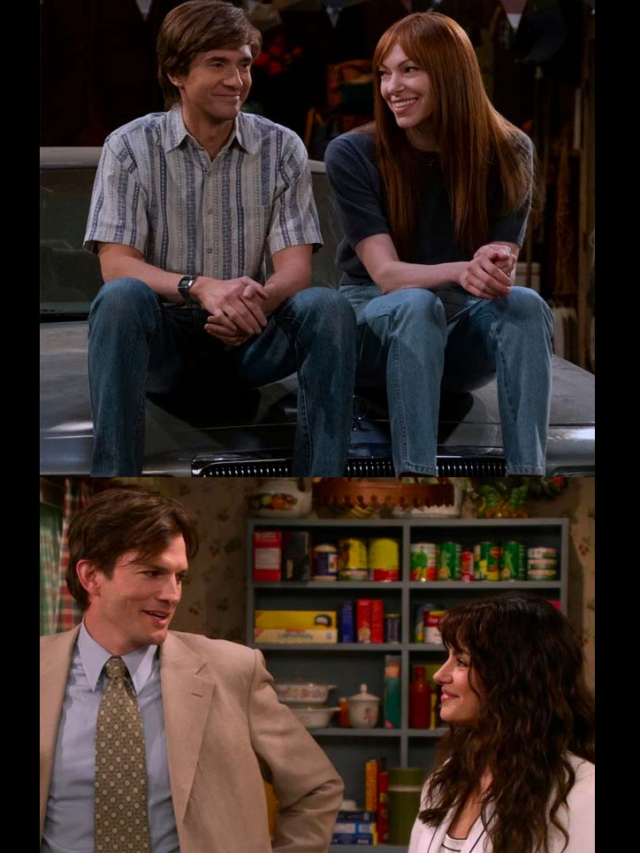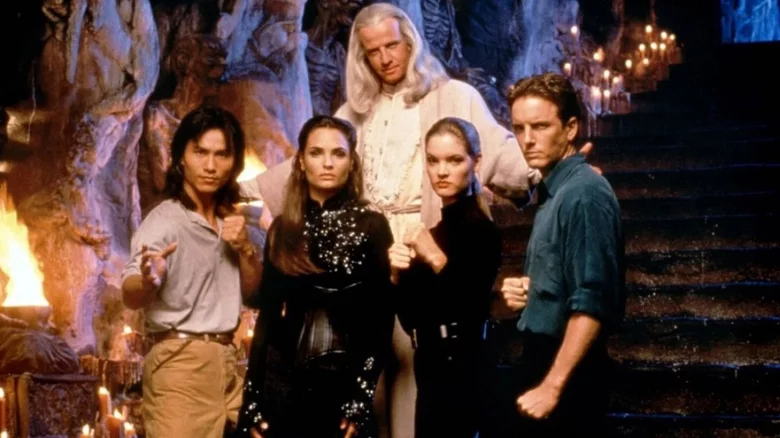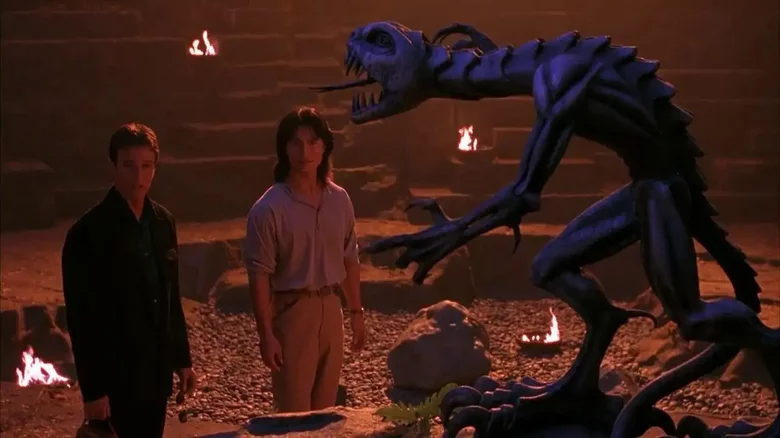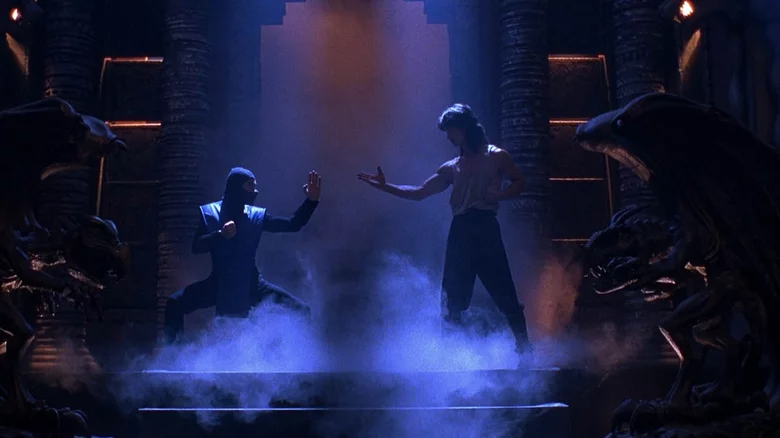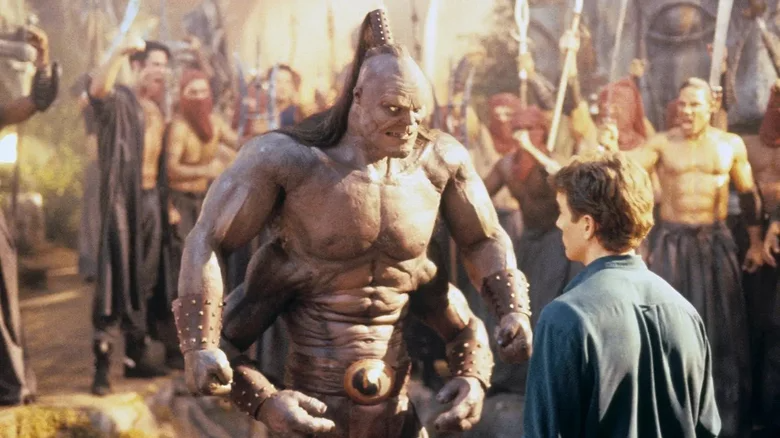Fake it till you make it, as the saying goes. Although the axiom’s effectiveness is heavily contested, some people seem to actually benefit from it when they employ it when it is appropriate.
Hollywood in the middle of the 1990s was Paul W.S. (don’t call him Thomas) Anderson’s ideal setting and moment. Anderson, a director who had recently left his home in Northern England for the United States, sought to find a method to launch his career in America so that he could make the kinds of movies he wanted to make rather than what was popular in British cinema at the time. This was during a time when British cinema, in his words, was dominated by “sexually repressed British butler”-type themes, leaving younger viewers and filmmakers in search of new subjects.
Anderson jumped at the chance to be a part of the “Mortal Kombat” movie adaption, which is based on the hugely successful video game franchise of the same name. But in order to succeed as the film’s director, he discovered that he had to pretend to be quite knowledgeable in a variety of visual effects methods, including the most recent craze to hit the industry: CGI.
Choose your destiny: Anderson gets a chance for a dream gig
In 1994, Paul W.S. Anderson had recently finished “Shopping,” his debut feature picture, which contained a fair amount of stunt work but few to no visual effects. Still, the “Mortal Kombat” producers were drawn to the film since it was compelling and stylish enough visually. She was “completely taken away” by “Shopping,” as associate producer Lauri Apelian said in The Hollywood Reporter’s oral history of “Mortal Kombat,” and amazed Anderson had made it for “something like $100K in the streets of London.”
Before he ever began his official career, Anderson was a fan of the “Kombat” video games, thus there was a shared passion. Anderson used to spend hours playing video games at a London arcade before he started “Shopping,” with “Mortal Kombat” being a particular favourite. As a result, Anderson was happy to be asked to helm the film adaptation. He was even more eager to accept the role after learning that other directors “were being a bit snobbish about it.”
Flawless victory: ‘Mortal Kombat’ becomes a hit
Paul W.S. Anderson quickly leapt into the “Mortal Kombat” effects problems, exploring numerous methods to use the terminology and other concepts he had learned throughout his studies. Although the filmmaker was confident in the film’s potential, he nonetheless felt uneasy during its opening weekend because he was concerned a failure may harm his Hollywood career.
For Anderson’s benefit, “Mortal Kombat” was a success and dominated the domestic movie office for several weeks. Because of the movie’s success, Anderson was able to move on to more expensive genre films like “Event Horizon” and the “Resident Evil” series. Anderson explained to The Hollywood Reporter that he chose to work on those films instead of the “Mortal Kombat II” sequel because “not doing ‘Mortal Kombat II’ is kind of the reason I’ve ended up doing ‘Resident Evil’ one, two, three, four, five, and six.”
“Mortal Kombat” not only launched Anderson’s film career in the proper Hollywood, but it also demonstrated that movies based on video games might be successful, even passable, box office hits. Anderson said in 2020 that he considered working on “Mortal Kombat” as “a opportunity to put something I actually liked to the screen,” rather than just a mercenary career move. The trick probably wouldn’t have worked if the director hadn’t been so passionate about the subject that he feigned knowledge of CGI’s ins and outs.
Test your might: Anderson gives himself a crash course in visual effects
Paul W.S. Anderson’s passion was never in doubt when he was given the chance to present the producers with his idea for the “Mortal Kombat” movie. Lauri Apelian stated that despite Anderson’s daily presentations for different characters and settings, the production’s limited budget prevented them from becoming fully realised.
Anderson made the decision to give himself a crash course on the most recent methods used in the effects industry because he felt his pitch needed more weight and he had no prior expertise with visual effects at the time. “I went to Samuel French’s book store and I bought every single book I could find on visual effects, matte paints, and CGI,” he remembered to The Hollywood Reporter.
The producers were impressed by his (apparent) knowledge during his following meetings with them because his cram session helped him better comprehend the industry lingo. Even though I’d never been inside a visual effects firm, it seemed like I knew more about computer graphics than anyone else in Hollywood, he said.
The deception worked: Anderson was selected to direct “Mortal Kombat,” and the film did indeed feature a significant amount of CGI, blending the still-evolving technology with other tried-and-true effects methods. I kind of bluffed my way in, but I think [the producers] could see the enthusiasm, as Anderson acknowledged 20 years after his successful pitch.
Our Team DCS includes 5 different writers proficient in English and research based Content Writing. We allow them and encourage them to follow the Entertainment news all day long. Our posts, listicles and even the exclusives are a result of their hard work.

